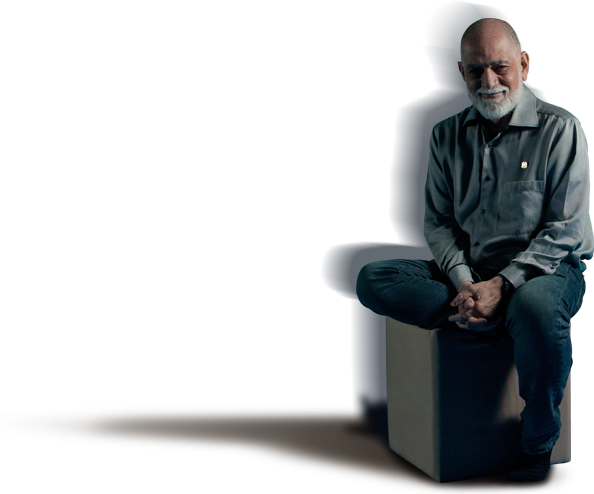Human Physiology
Although many humans choose to eat a wide variety of plant and animal foods, earning us the dubious title of “omnivore,” we are anatomically herbivorous.
Teeth, Jaws, and Nails
Humans have short, soft fingernails and pathetically small “canine” teeth. In contrast, carnivores all have sharp claws and large canine teeth capable of tearing flesh.
Carnivores’ jaws move only up and down, requiring them to tear chunks of flesh from their prey and swallow them whole. Humans and other herbivores can move their jaws up and down and from side to side, allowing them to grind up fruit and vegetables with their back teeth. Like other herbivores’ teeth, human back molars are flat for grinding fibrous plant foods. Carnivores lack these flat molars.
Dr. Richard Leakey, a renowned anthropologist, summarizes, “You can’t tear flesh by hand, you can’t tear hide by hand. Our anterior teeth are not suited for tearing flesh or hide. We don’t have large canine teeth, and we wouldn’t have been able to deal with food sources that require those large canines.”
Stomach Acidity
Carnivores swallow their food whole, relying on their extremely acidic stomach juices to break down flesh and kill the dangerous bacteria in meat that would otherwise sicken or kill them. Our stomach acids are much weaker in comparison because strong acids aren’t needed to digest pre-chewed fruits and vegetables.
Intestinal Length
Carnivores have short intestinal tracts and colons that allow meat to pass through the animal relatively quickly, before it can rot and cause illness. Humans’ intestinal tracts are much longer than those of carnivores of comparable size. Longer intestines allow the body more time to break down fiber and absorb the nutrients from plant-based foods, but they make it dangerous for humans to eat meat. The bacteria in meat have extra time to multiply during the long trip through the digestive system, increasing the risk of food poisoning. Meat actually begins to rot while it makes its way through human intestines, which increases the risk of colon cancer.
Read author John Robbins’ discussion of the anatomical differences between humans and carnivores or review Dr. Milton Mills’ entire article on the topic to learn more.
Human Psychology
Humans also lack the instinct that drives carnivores to kill animals and devour their raw carcasses. While carnivores take pleasure in killing animals and eating their raw flesh, any human who killed an animal with his or her bare hands and ate the raw corpse would be considered deranged. Carnivorous animals are excited by the scent of blood and the thrill of the chase. Most humans, on the other hand, are revolted by the sight of blood, intestines and raw flesh, and cannot tolerate hearing the screams of animals being ripped apart and killed. The bloody reality of eating animals is innately repulsive to us, another indication that we were not designed to eat meat.








